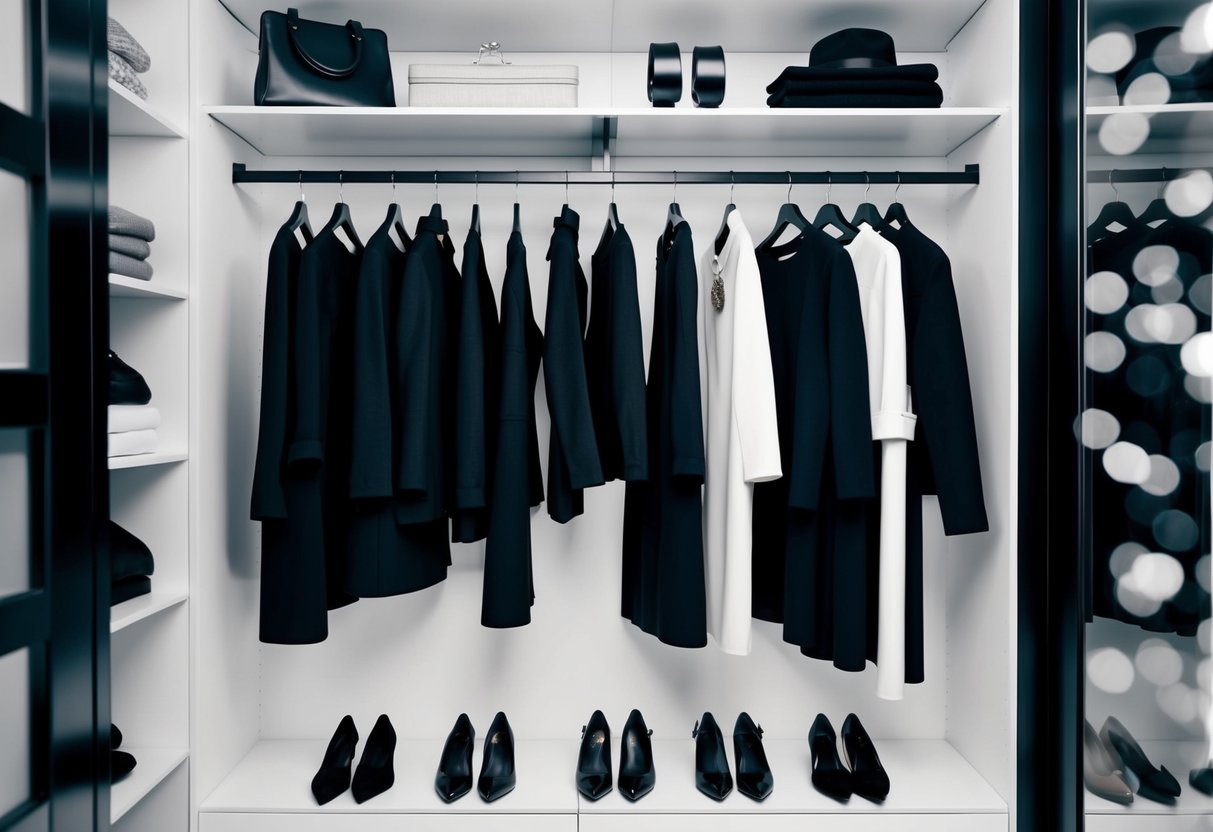
A bold monochrome outfit is a striking way to make a statement, turning heads with its simplicity and sophistication. For those seeking timeless elegance, embracing single-color ensembles can transform a look from ordinary to extraordinary. Each season offers unique opportunities to incorporate textures, layers, and accessories that enhance the power of a monochrome approach.
When it comes to styling these looks, understanding how to choose the right hues and combinations for different seasons can elevate your fashion game. In winter, rich velvety fabrics in deep colors exude warmth, while summer invites breezy materials in lighter shades for a fresh feel. Striking a balance between different elements in a monochromatic outfit ensures its impact remains bold and stylish.
The allure of monochrome dressing lies in its versatility, easily transitioning from day to night, casual to formal. Accessories play a crucial role in defining the look, allowing subtle additions or daring contrasts to reflect personal style. Whether opting for minimal jewelry or statement bags, the choice contributes to a seamlessly chic appearance all year round.
Discovering the Monochrome Trend
Monochrome fashion has been a staple through the ages, evolving with time while maintaining its intrinsic charm. Today, it stands out in modern day style, offering both simplicity and elegance.
History of Monochromatic Fashion
The monochromatic dress first gained significant attention in the early 20th century, with designers like Coco Chanel embracing simplicity. Known for her revolutionary impact, Chanel introduced the “little black dress,” a piece that underlined the monochrome trend’s beginnings.
Throughout the decades, monochrome options broadened, with Hollywood stars in the 1930s and 1940s often opting for single-color outfits. These looks were perceived as both glamorous and sophisticated. By the 1960s, the minimalism movement further cemented the monochrome fashion trend, promoting clean lines and a cohesive color palette. This era popularized bold colors like red and white.
The evolution of this trend highlights its enduring appeal, showing that sometimes less is indeed more. It demonstrates how single-color dressing remains a timeless reflection of elegance and style.
Monochrome in Modern Day Style
In contemporary fashion, monochrome looks stretch beyond simplicity, showcasing boldness and creativity. Designers and influencers use it to make strong visual statements. A key advantage lies in the ease of assembling a polished appearance, as matching colors is straightforward. Runways are frequently graced with head-to-toe looks in sleek shades such as navy, emerald green, and classic grays.
Monochrome styles also lend themselves to layering, bringing versatility to seasonal transitions. The trend fits seamlessly into everyday wear, ranging from casual chic to professional attire. It empowers individuals to express personal style confidently without excessive complication, proving its lasting relevance in the ever-evolving world of fashion.
Defining Your Personal Monochrome Style
Creating a monochrome look involves more than just selecting pieces in the same color family. It’s about embracing your personal style, using texture and pattern variations to elevate the outfit.
Assessing Personal Style
Identifying one’s personal style is a crucial step in mastering monochrome fashion. First, consider the colors that resonate on a personal level. Whether it’s classic black, vibrant red, or serene blue, each hue reflects a unique persona. Think about lifestyle requirements. Professional environments might demand more neutral tones, whereas casual settings allow for bold choices.
Next, evaluate personal wardrobe staples. Are structured blazers a preference, or do flowing dresses dominate? These choices influence how monochrome outfits will be styled. Consulting inspiration sources such as fashion blogs, magazines, or social media can offer insights. Finding inspiration in how others create their monochrome looks can spark creativity and confidence.



